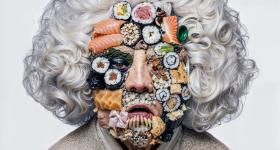Teaching Laboratories
The audiovisual activity has been undergoing an accelerated reformulation with the development of digital technology, enabling low-budget productions, considering the stages of the process that would previously need to be outsourced due to the high cost of equipment, can now be carried out within the University, providing agility and representing significant savings.
Editing Laboratories
6 compartments with individual acoustic treatment and isolation for editing equipment. One of them has a larger area that allows the monitoring of work by groups of up to 12 people.
This laboratory meets a demand for editing more complex productions carried out in the last two years of the course and that require more elaborate editing.
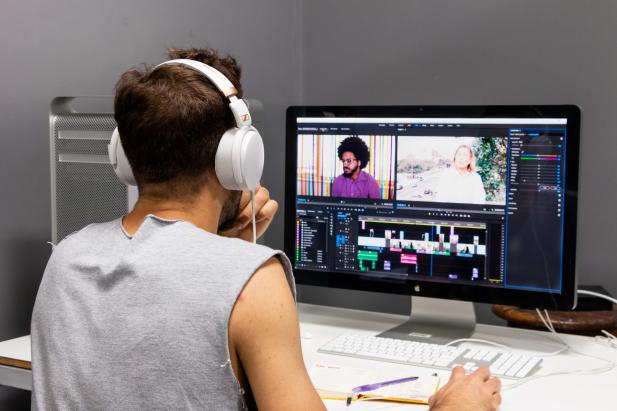
Film and Video Recording Laboratories
There are 3 spaces dedicated to image capture:
Studio A is the largest, measuring 210 m², has a double height of 7 m throughout its area and access with a special door allowing access to large objects and light vehicles. This studio allows the assembly of more elaborate scenarios for productions of TV programs and films, meeting a demand for practice, especially in the 3rd and 4th year, such as the undergraduate final project.
Studio B is medium, with 160 m², has double height in half of its area, allowing the assembly of smaller sets, meeting a demand for practical classes and training.
Studio C is the smallest, with 70 m², has simple ceiling height enabling the assembly of structures, meeting the demands of production in animation, recording of tests and rehearsals of actors.
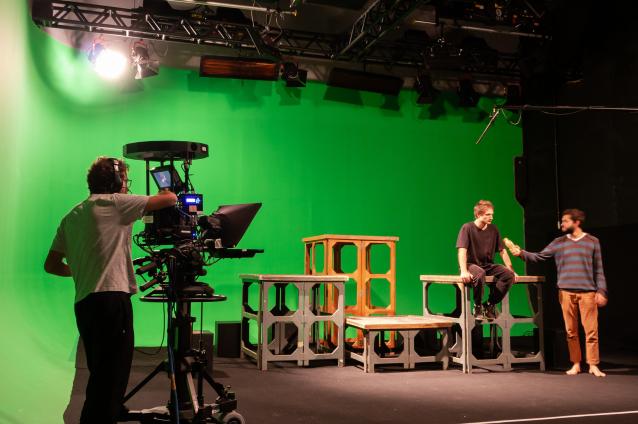
Image Treatment Laboratory
Area of 100 m² including 4 individual booths for operations in classic analog photographic system and an area for color management and digital printed output systems.
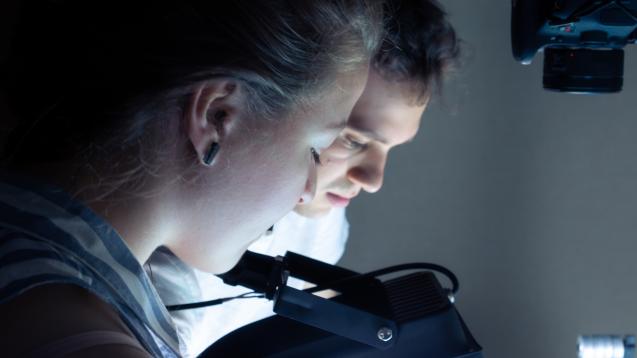
Audiovisual Media Laboratory
Two computerized classrooms with capacity for 20 computers each that meet the following demands: editing exercises for the first two years of the course that involve a large number of students and projects; practical classes that need computers to learn editing tools and image treatment.
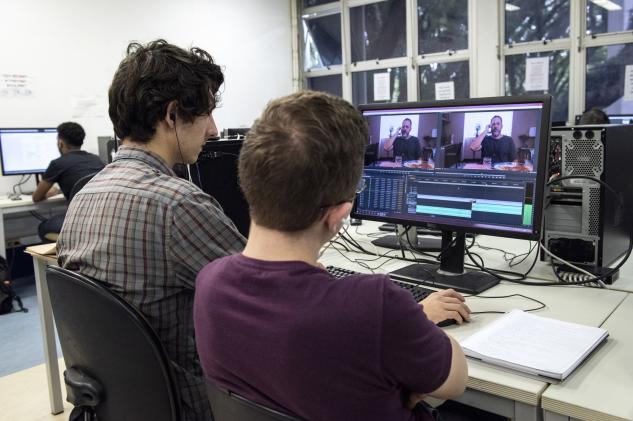
Audio Capture and Processing Labs
There are three studios dedicated to the audio area with a characteristic of multidisciplinary use and differentiated layouts.
Studio 1 for mixing audiovisual products in any reproduction format, from monophonic to 5.1, for video or cinema. Inside this studio there are also two booths for voice overs or recording of small objects.
Studio 2, with separate technique and recording space, for audio capture and transmission. It can be used for radio programs, voice overs or even recording of small musical groups.
In studio 3, also composed of technique and recording space, recordings of noise, dubbing or voice overs that can be performed in smaller spaces are made.
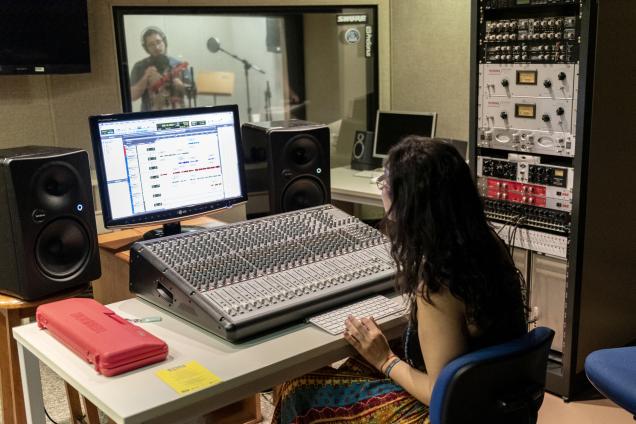
Animation Laboratory
The Animation Lab offers a space and equipment for the creation of traditional animation films. It is equipped with a digital animation station, analog animation tables and has served as a production center for students' projects, including films, workshops, lectures and games. The laboratory houses the activities of Zootropo - Research Group on Animation and Motion Graphics (certified by CNPQ) and PEQUI - Study Group on animation of CSAV students.
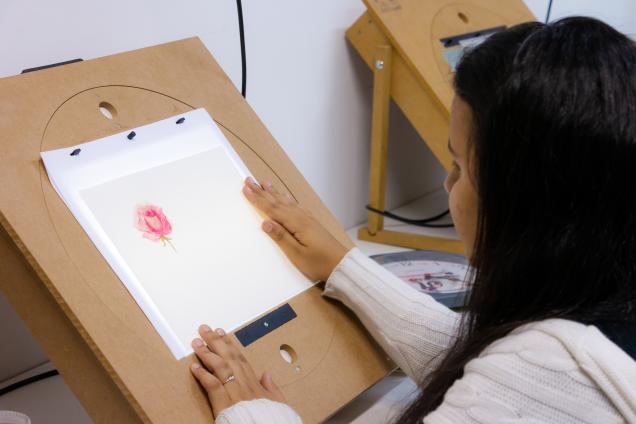
Audiovisual Research and Criticism Laboratory (LAICA)
LAICA offers state-of-the-art infrastructure for research, creation, editing and exhibition of various projects and experiences carried out in undergraduate and postgraduate courses at ECA or partner institutions in audiovisual theory, history and criticism, hosting: study groups and research projects in historical and theoretical fields of fiction and documentary in cinema, radio, television or new media; lectures, workshops and short courses given by renowned academics and filmmakers on the national and international scene; electronic publications.




